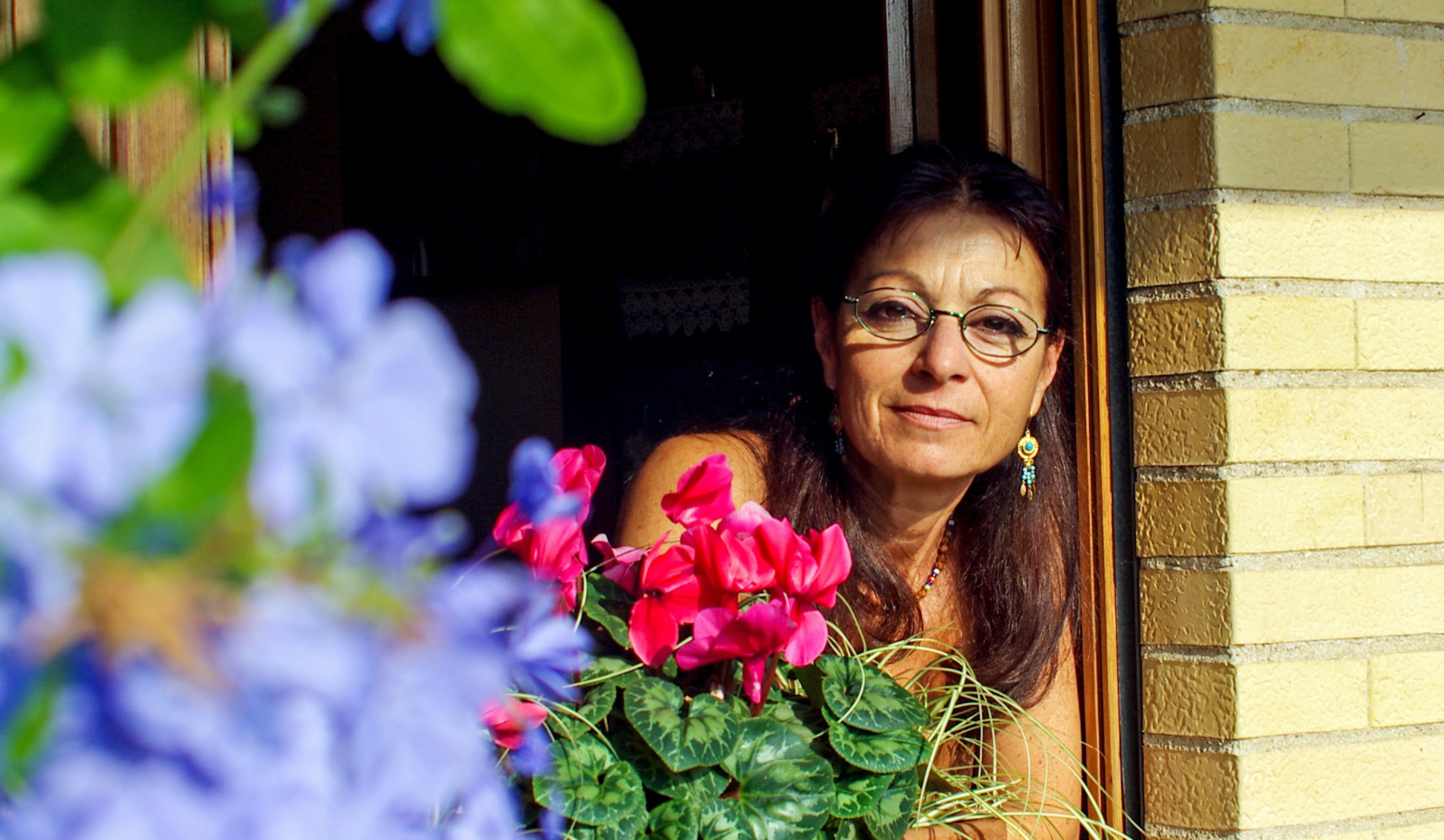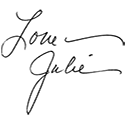Even with a language that offers an elaborate selection of words to describe beauty, we tend to settle for a diluted and distorted few, it seems. Granted, beauty is one of the most difficult concepts to capture with words. Such an elusive quality – or “aggregate of qualities that gives pleasure to the senses or pleasurably exalts the mind or spirit,” according to Webster. {What does that even mean?}
All I know is that there’s nothing more stunning than natural beauty. Striking in its complete lack of pretense or fanfare. Completely oblivious to external pressure to be anything other than what it already is. No striving to achieve some arbitrary definition of itself. No resistance to its own unique expression of itself. Neither is necessary. True beauty simply is. It’s what makes it so irresistible. We’re drawn to the sheer simplicity of it. To its absolute ease with itself. We’re refreshed by it. Fed by it. At rest in its presence. Even at ease with ourselves.
Beauty saves. Beauty heals. Beauty motivates. Beauty unites… – Matthew Fox
Chances are, I’m guessing, that you may have read a certain kind of beauty into the first two paragraphs of this post. Specifically, the beauty of women, even though the truth is that I was just sitting here gazing out my window again at the most beautiful color in the world, in my subjective opinion, and my absolute dearth of appropriate descriptors sent me on a Google search. What I found instead was article after article about an entirely different and much more objective definition of what beauty looks like and why we should strive to attain it. And that’s when the topic took on a slightly new direction. {Hang on, boys and girls…I have a little something to say.}
Unreasonable standards of unattainable beauty permeate our culture, control our emotions, and dictate our looks. Of course, we know this. Advertisers of fashion and beauty products depend on two things: that girls and women can be convinced that happiness, health, and being loved are dependent on appearance, and swayed to believe that a physical ideal can be achieved by using certain products and services. The effect is obviously stronger for women than for men, because our “culture places more powerful and widespread pressure on women to conform to an idealized body shape than on men.” Even a high school junior from Atlanta can see right through the facade magazines, movies, and commercials spoon-feed girls…that they can only be beautiful if they have long legs, great hair, and curves in all the right places. Beauty doesn’t have to be a size 0, long hair, and tons of makeup. Beauty, true beauty, can be so much more than that. Beauty can be kindness or quick wit. It can be intelligence, compassion, or drive. Beauty can be a strong-willed girl who flaunts her imperfections and stands up against her insecurities. It is my belief that there is no true definition of beauty. Girls need to start viewing themselves as more than their bodies… or their appearance. It’s about time women banded together to knock down the image of perfection society has given us. {You go, Girl!}
Dr. Barbara McAneny spoke out years ago, on behalf of the American Medical Association, about the need to “stop exposing impressionable children and teenagers to advertisements portraying models with body types only attainable with the help of photo editing software.” Today, the AMA stands against this “false advertising” promoting unrealistic expectations of appropriate body image, especially in teen-oriented publications. Yet, photoshopping has reached an all-time high – digitally slimming or exaggerating women’s bodies; removing all signs of pores, gray hairs, and wrinkles to fit cultural preferences and drive profits; and creating impossible-to-attain ideals that women spend their lives trying to achieve and men spend their lives trying to find.
Beauty Redefined calls it “the normalization of abnormal,” this new standard, not just for “beautiful,” but also for “average” and “healthy” seared into our minds by media. When women (or men, for that matter) compare themselves to a standard of beautiful, average and healthy that simply doesn’t exist in real life, the battle for healthy body image is already lost. Welcome to the Beauty Myth, boys! Until we all learn to recognize and reject distorted messages about what it means to be attractive and appealing, we all lose. And since these ideals are unlikely to change any time soon, it’s up to us to change our perceptions of both the media and our bodies. Here’s how, according to twin sisters and founders of Beauty Redefined, Lindsay and Lexie Kite. Their goal is to “take back beauty for girls and women everywhere,” and I hope you’ll take their suggestions to heart.
- Recognize that you are not a body.
- Recognize that your body is not an ornament or an object to be fixed and judged — it is an instrument to live and do and be.
- Remember that your reflection does not define your worth and self-comparisons to unreal ideals get you absolutely nowhere.
- Reject messages that teach you otherwise.
- Cancel subscriptions, unfollow on social media, spend your money elsewhere.
- Talk back to companies and speak up in your circles of influence.
True beauty is all around us…in nature and in each other. It puts us at ease. Refreshes us. Feeds us. Awakens our souls. Resist any arbitrary definition of “beauty” that stirs a sense of pressure and angst in your gut. Real beauty doesn’t do that. True beauty simply is. And that’s enough.



